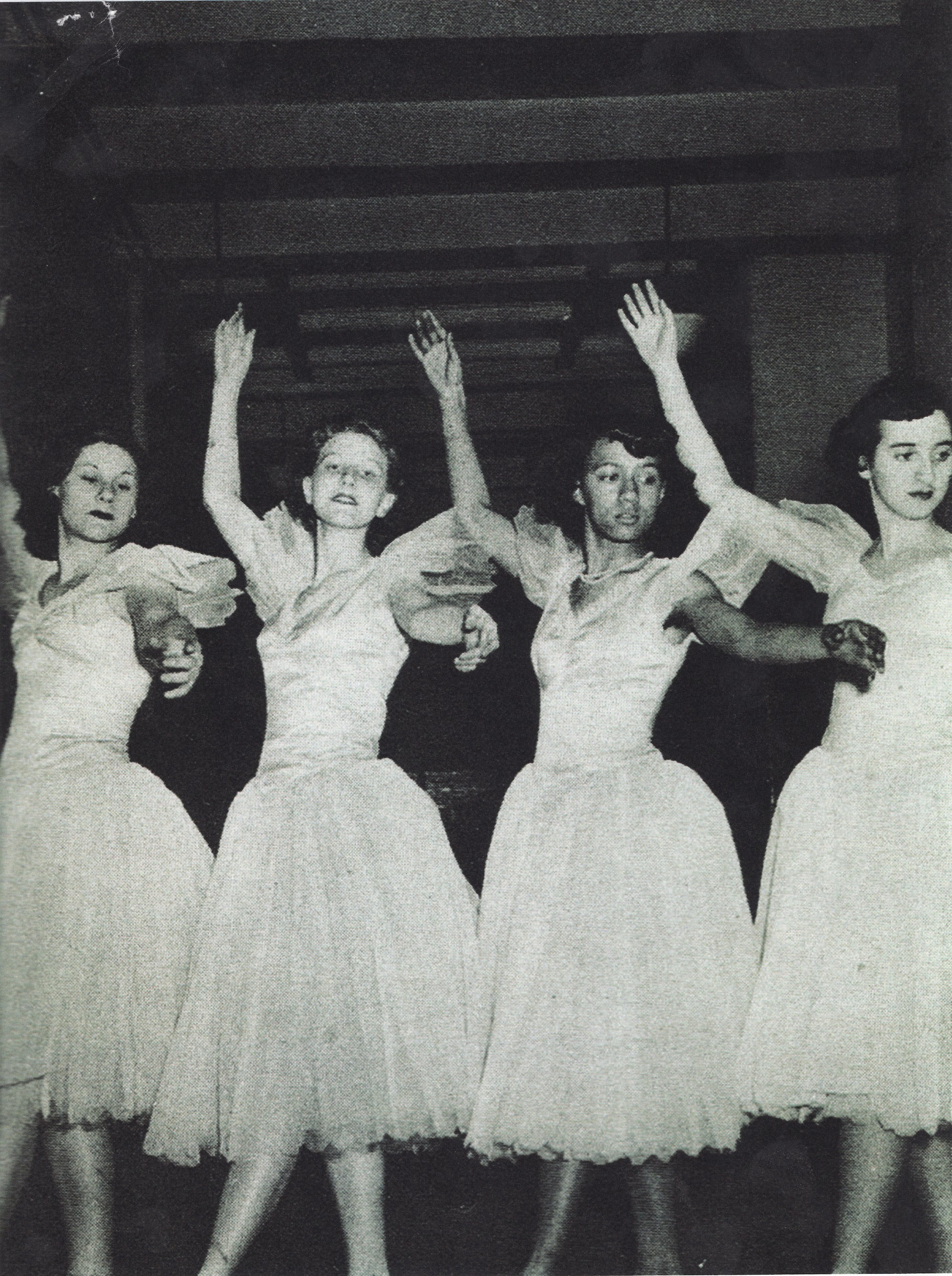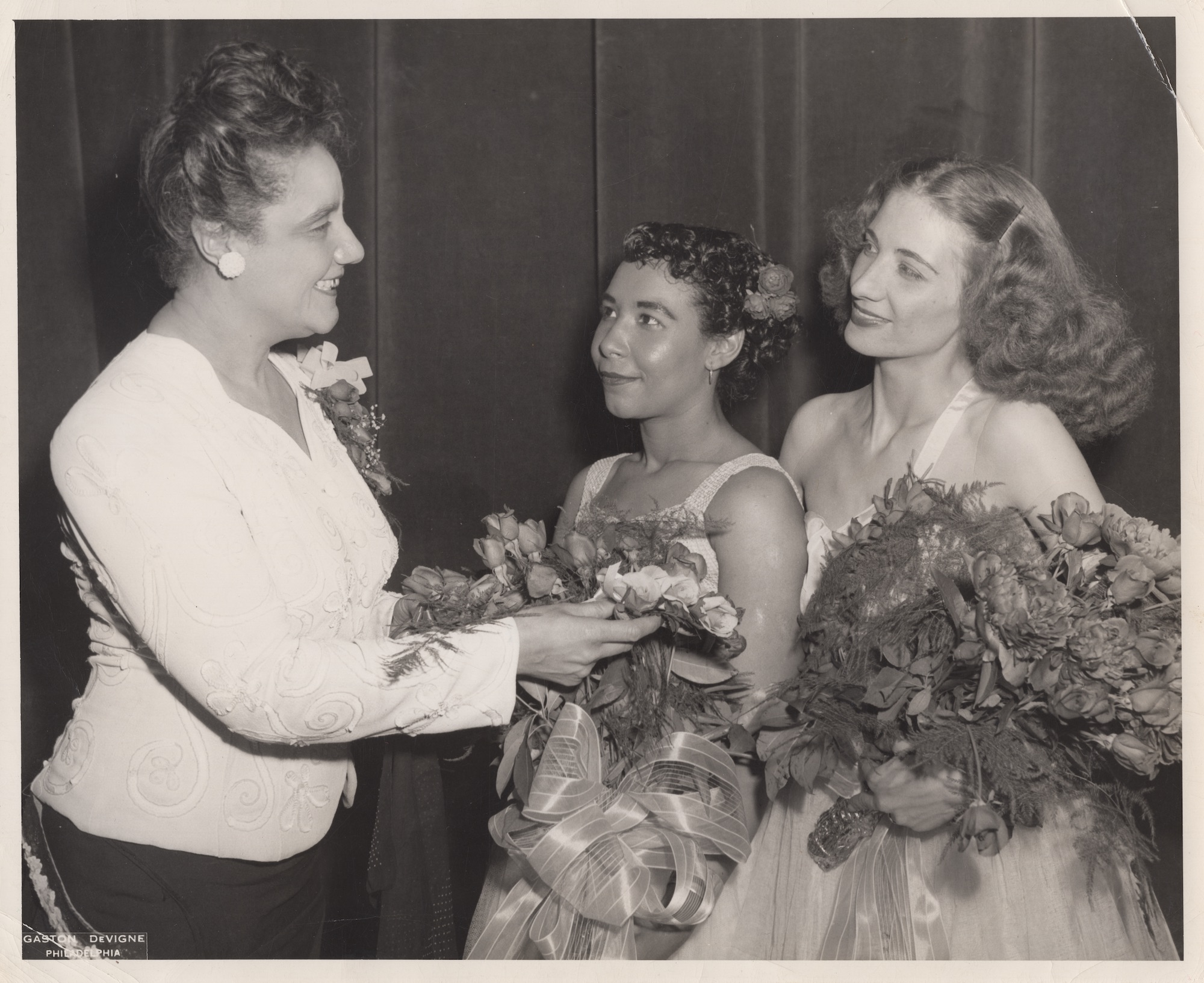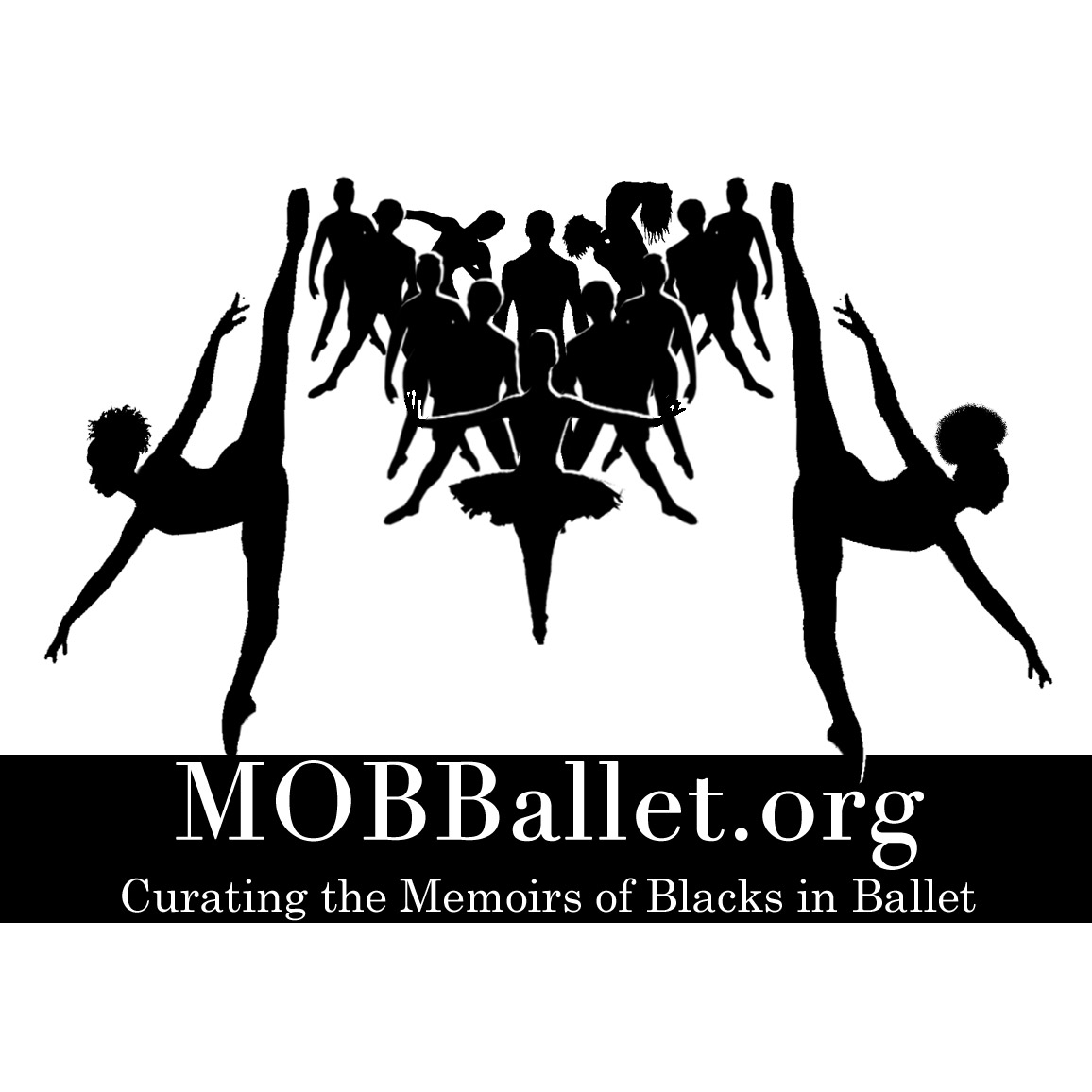Sydney King, Marion Cuyjet, and Philadelphia Ballet Clubs


Several students of both Sydney King and Marion Cuyjet got their start in ballet clubs hosted by their junior high and high schools.
Joan Myers Brown, a student of Essie Marie Dorsey, Cuyjet, and mainly King, was introduced to dance through one such club:
Mrs. Lingafelter, the ballet instructor, was a member of the Littlefield Ballet Company. When she graduated, she took gym because there were no opportunities for dancers. So she was a gym teacher, who taught dance. At school there was a ballet club, which was all white. My dance teacher, who was my gym teacher, invited me to the ballet club because she thought that I should be in the ballet club. I don’t think she was thinking of color, I think she was thinking of ability….I was the only black girl there. I just was like, “okay, why am I here?” But I felt the challenge and stayed.
Delores Browne also started dancing at a ballet club run by Miss Weir, a teacher who had previously taken ballet and wanted to be a dancer. Twice a year, the club would put on a performance. It was in one of their productions—her first spring concert—that Browne was given the opportunity to train at a more serious level. While dancing the title role in Cinderella, Browne was discovered by Cuyjet, who offered her a scholarship and taught her for years. It was ballet club that provided an outlet for Browne’s innate love of performing and gave her the chance to make her desire to dance a reality.
 More about Ballet Clubs
More about Ballet Clubs

Arts were a part of Philadelphia’s daily culture and played an important role in the public school system as well. During the 1940s, schools sponsored extracurricular after school clubs that taught music, opera, fine arts and dance (ballet specifically). Artists often had “straight” jobs in the school system, needing to supplement their incomes, and were encouraged to start clubs, not only to enrich students but also to feed their own passions. With the extraordinary level of artistic expertise that could be found in the city, students received a high level of arts training and access to artists for free.
Where dance classes throughout the city were segregated and did not allow Black students, within school clubs the color lines dissolved. While critically cognizant of the racial divides that existed beyond those walls, white and Black students trained together in these spaces and were friends. Joan Myers Brown recalls a white friend in dance club who met with her before school to help her learn terminology and dance steps. While the two did not fraternize outside of school and the club, there was no racial animosity between them. They were friends who understood the limitations of that friendship.
Sources:
Sydney King and Marion Cuyjet, MoBBallet
Delores Browne on Dance Clubs in Philadelphia Schools (video)
Joan Myers Brown on Ballet Clubs (video)

Compiled by Mad Crawford

